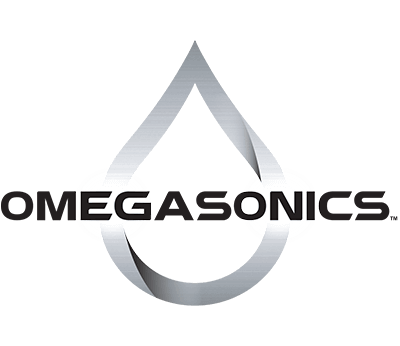Ultrasonic Cleaning Detergents 101
[seopress_breadcrumbs]
Types of Detergents
Dependent upon the type of part you’re cleaning, there is an ultrasonic cleaning detergent that suits your needs. From acids to bases, calcium buildup, or even oil, you need to know which type of detergent to select.
It is not just a question of physical properties, but also chemical properties of the part and contaminant you’re cleaning. This prevents from unnecessarily removing important components of the parts—such as waxes, lacquers, coats, and anti-oxidation layers (in the cases of certain metals).
Alkaline Solutions
Alkaline solutions have a pH of 10 or greater, with greater pH detergents being more aggressive. Sometimes they even contain caustic soda, depending on the muscle of the solution. While most moderately pH solutions (pH of 11.0 – 12.5) work well for cleaning metals, including steel, cast iron, aluminum, stainless steel, zinc, copper, brass, and tin, they also work great for ceramics, glass, and most plastic materials.
High Caustic Solutions
High caustic cleaners contain hydroxides and silicates. While great at removing heavy oils, grease, and waxes, a low-caustic detergent should be used when cleaning parts made of magnesium. Moderate alkaline detergents should always be as first line defense when cleaning steel, cast iron, and stainless steel. Avoid aluminum when using high caustic solutions.
Acidic Solutions
Lower pH solutions, being the more aggressive versions at pH of 5.0 or less, should be used very specifically. Typically, acidic detergents are used to remove oxides from most metals, as long as the solution contains an inhibitor to protect the metal from damage.
Enzymatic Solutions
Many parts from the food and medical industries contain organic contaminants that are best suited for enzymatic solutions. Most often, these parts being cleaned are titanium, stainless steel, aluminum, brass, but also most plastics found in these industries.
De-ionized Water
Some parts being cleaned, such as frictionless bearings, small servo motors, printed circuit boards, and small servo motors, require de-ionized water. Even fabrics, glass, metals, plastics, epoxies, and hard rubbers, are all acceptable in de-ionized water. The important thing to remember is that many of these parts will quickly oxidize without a wetting bath and quick dry afterwards. Easiest way of telling if DI water is the best choice?–If the part being cleaned can be safely placed in water, it means it will work as a cleaning medium.

